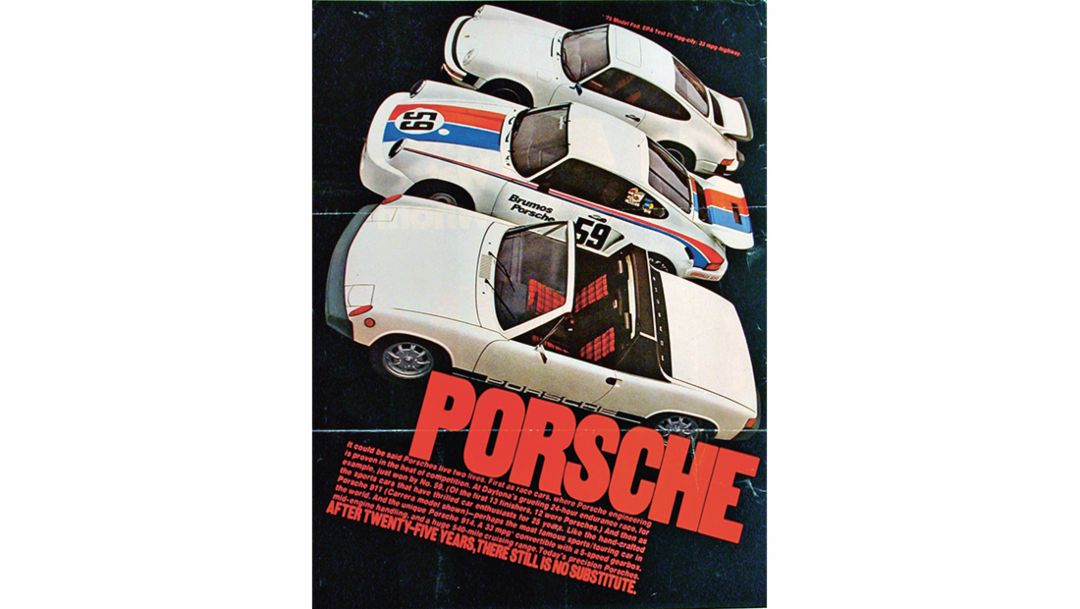In 1952, Porsche started to send its own sales staff to the USA to improve service for its customers and dealers. One of the first colleagues was mechanic Herbert Linge. He set up a Porsche workshop on the premises of Max Hoffman and trained both dealers and workshop personnel.
Exclusive sales network
The commitment of Porsche on the US market was boosted in April 1954 by the posting of Wolfgang Raether who requested more mechanics from Germany. When Raether's successor, Otto-Erich Filius, arrived on the scene, he opened an official Porsche office in New York in October 1955. In 1955, the Porsche of America Corporation (POAC) was set up as an independent sales network.
In 1963, when the sales figures in the USA were at around 6,000 vehicles a year, Porsche parted from the Hoffman Motor Car Company and acted as importer on its own for the first time. Due to the large influx of customers, the POAC soon moved from New York to Teaneck, New Jersey. The company building there now also housed the new departments of Sales Promotion, Advertising, Training as well as Service Monitoring and Claims Processing.
At the end of 1969, the POAC was dissolved and its duties were taken over by the Porsche-Audi Division of Volkswagen of America Inc. – with the aim of setting up a new, exclusive sales network for the two German brands.
Uniform standards for the first time
The VW subsidiary, called Porsche Audi Operations, managed 14 wholesalers who in turn were represented by 150 dealerships in the USA. The new negotiated contracts allowed the importer company for the first time to push through uniform standards on the dealers, and this made a significant contribution to raising professionalism.

